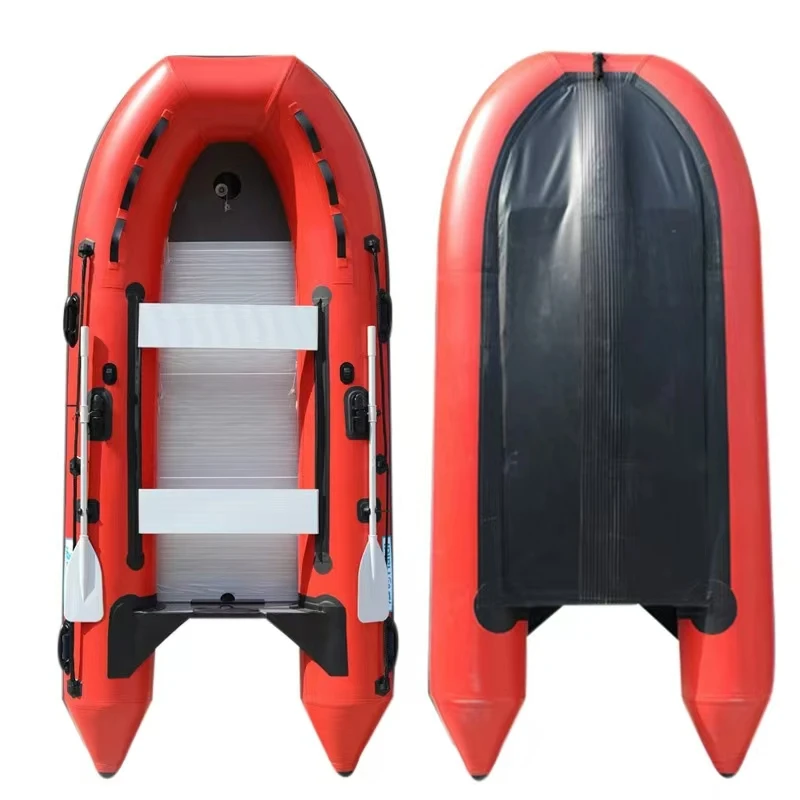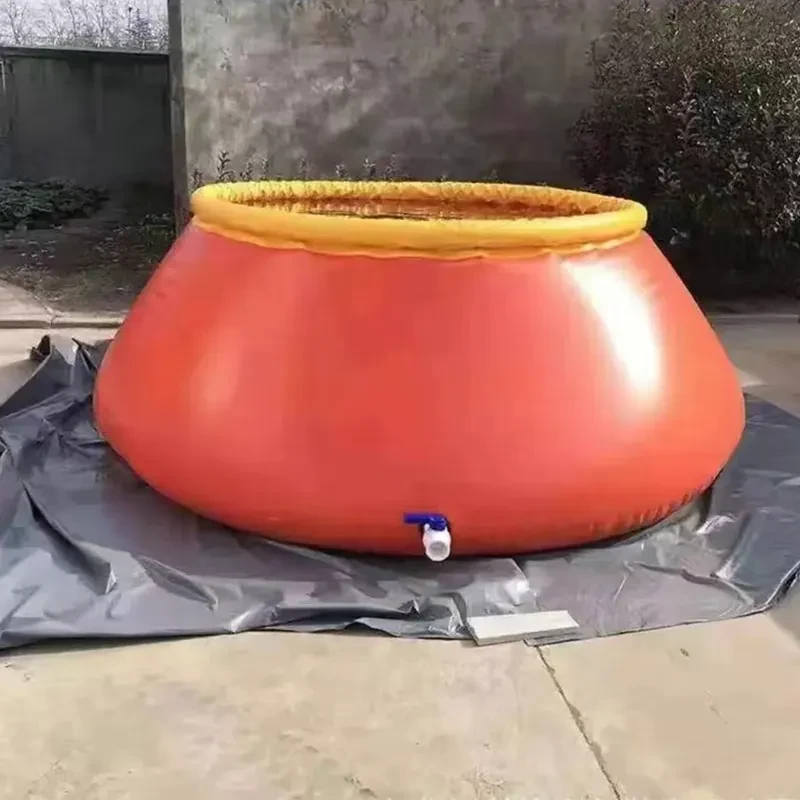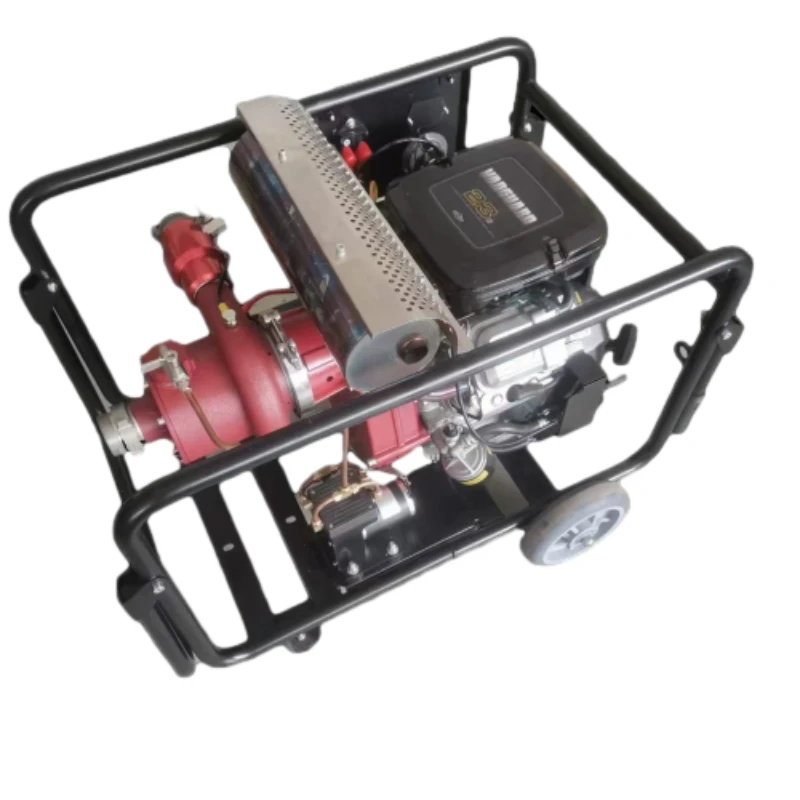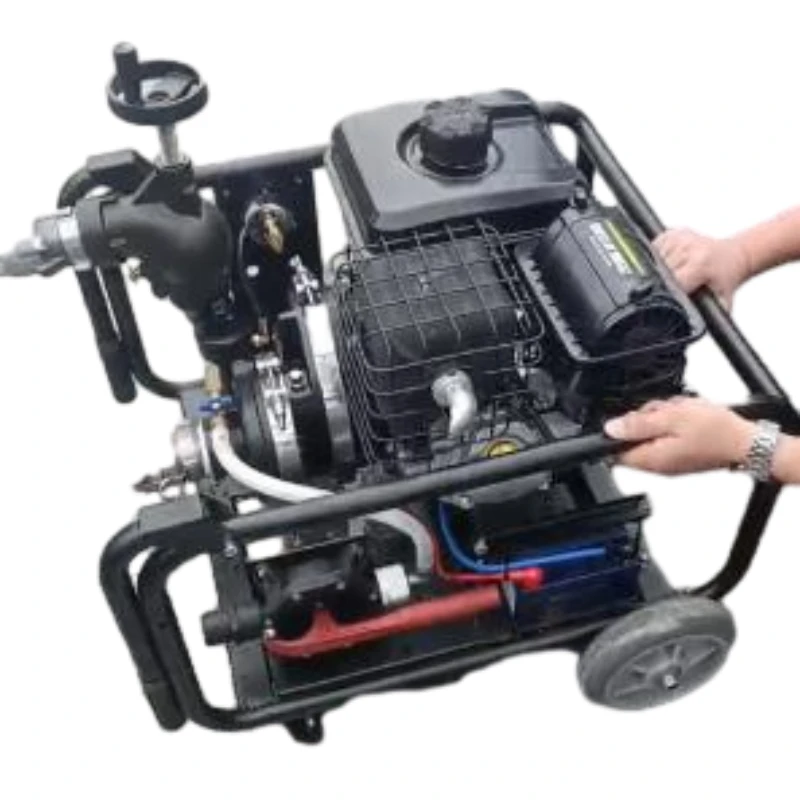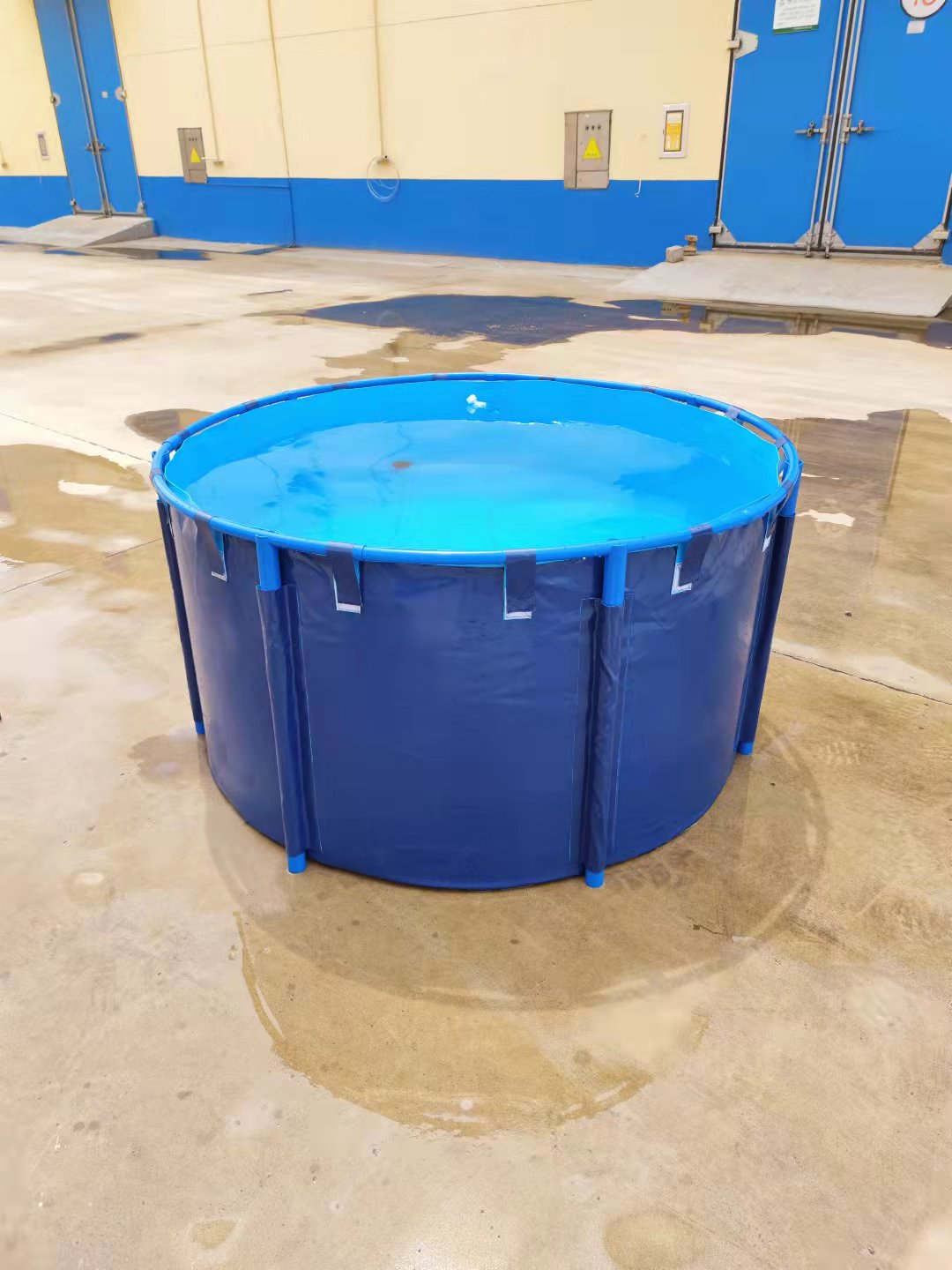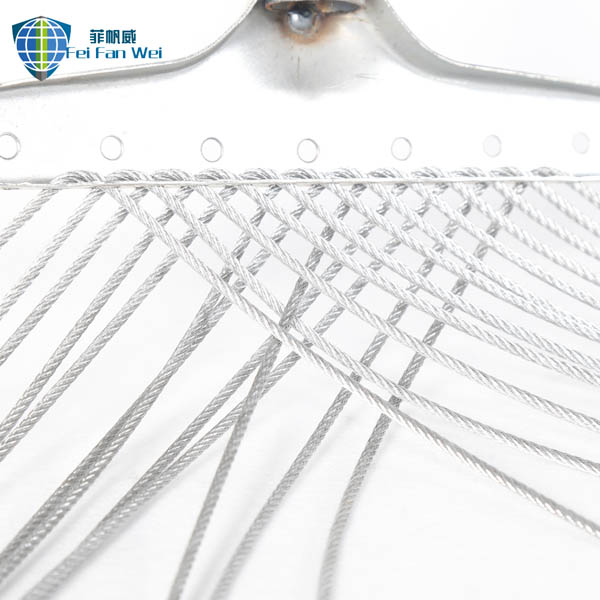The Evolution of Portable Fire Suppression: Understanding the Fire Hose Backpack
In the rapidly evolving landscape of industrial safety and emergency response, the demand for highly mobile, efficient, and reliable fire suppression solutions has never been more critical. Traditional heavy-duty equipment, while indispensable for large-scale incidents, often presents challenges in accessibility, rapid deployment, and maneuverability within confined spaces or rugged terrains. This paradigm shift has propelled the Fire Hose Backpack to the forefront as a transformative tool in modern firefighting and industrial safety protocols. This innovative system embodies the fusion of advanced material science with ergonomic design, providing a crucial bridge between initial incident response and the arrival of larger fire apparatus. Its lightweight nature, coupled with substantial operational capacity, makes it an invaluable asset for first responders, industrial safety teams, and wildland firefighters alike, facilitating immediate action that can significantly mitigate damage and save lives. The current industry trend unequivocally points towards greater decentralization of fire safety assets, emphasizing self-sufficiency and rapid intervention capabilities directly at the point of risk, be it in remote construction sites, vast industrial complexes, or critical infrastructure facilities where conventional fire hydrants or suppression systems may not be readily available or sufficient. The strategic deployment of portable systems like the Fire Hose Backpack is becoming a cornerstone of proactive safety management, enabling a swift and decisive response to nascent fire incidents before they escalate into uncontrollable catastrophes, thereby enhancing overall operational resilience and safety compliance across diverse sectors globally.
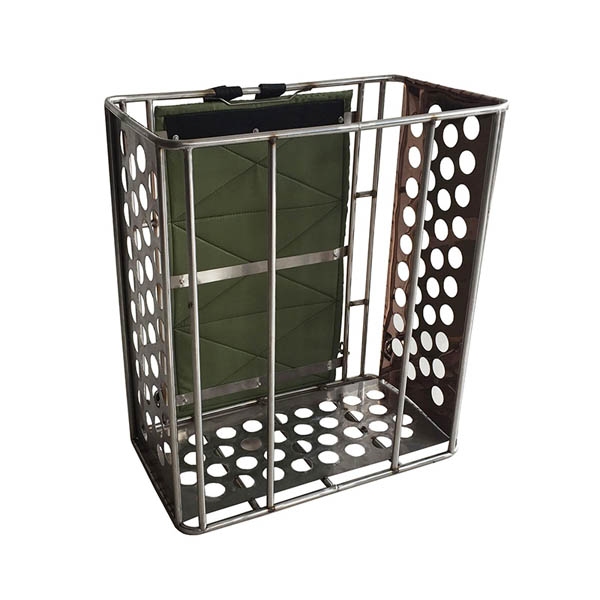
Technical Specifications and Material Engineering of the Fire Hose Backpack
The performance of a Fire Hose Backpack is predicated on a meticulous blend of material science and precision engineering, ensuring its durability, efficacy, and user comfort under extreme conditions. Typically, the hose component is constructed from high-tenacity polyester fibers, chosen for their superior abrasion resistance, low water absorption, and resilience against UV degradation and mildew. This outer jacket encases an internal lining, commonly made from Ethylene Propylene Diene Monomer (EPDM) rubber or polyurethane (PU), which provides a smooth waterway to minimize friction loss, enhance flow efficiency, and offer excellent resistance to ozone, chemicals, and elevated temperatures. The backpack harness itself is fabricated from heavy-duty, reinforced nylon (often 1000 Denier Cordura or similar), known for its exceptional tear strength and load-bearing capabilities. Ergonomic design principles are paramount, incorporating padded shoulder straps, adjustable waist belts, and ventilated back panels to distribute weight evenly and reduce operator fatigue during prolonged use or rapid egress. Couplings, integral to the system's integrity, are typically forged or cast from robust aluminum alloys or brass, ensuring leak-proof connections and corrosion resistance. The nozzle, a critical element, can be adjusted from a straight stream for maximum reach and penetration to a fog pattern for wide-area coverage and heat absorption, often featuring a shut-off mechanism for precise water control. These material selections and design considerations collectively contribute to a product that is not only highly functional but also capable of withstanding the rigorous demands of emergency response environments.
| Parameter | Typical Specification (FFW Safety Fire Hose Backpack) |
|---|---|
| Hose Length Options | 15m (50 ft), 30m (100 ft) |
| Hose Diameter | 38mm (1.5 inch) |
| Operating Pressure | Up to 10 Bar (145 PSI) |
| Burst Pressure | Minimum 30 Bar (435 PSI) |
| Hose Material | High-tenacity Polyester jacket, EPDM rubber lining |
| Backpack Material | 1000 Denier Reinforced Nylon |
| Nozzle Type | Adjustable, Shut-off (Fog to Straight Stream) |
| Coupling Type | Aluminum or Brass NPSH/NST (various local standards available) |
| Dry Weight (approx.) | 5.5 - 7.5 kg (12 - 16.5 lbs) depending on hose length |
| Features | Ergonomic padding, quick-release buckles, reflective strips, side pockets |
| Compliance | Meets or exceeds NFPA 1961, ISO 9001:2015 manufactured |
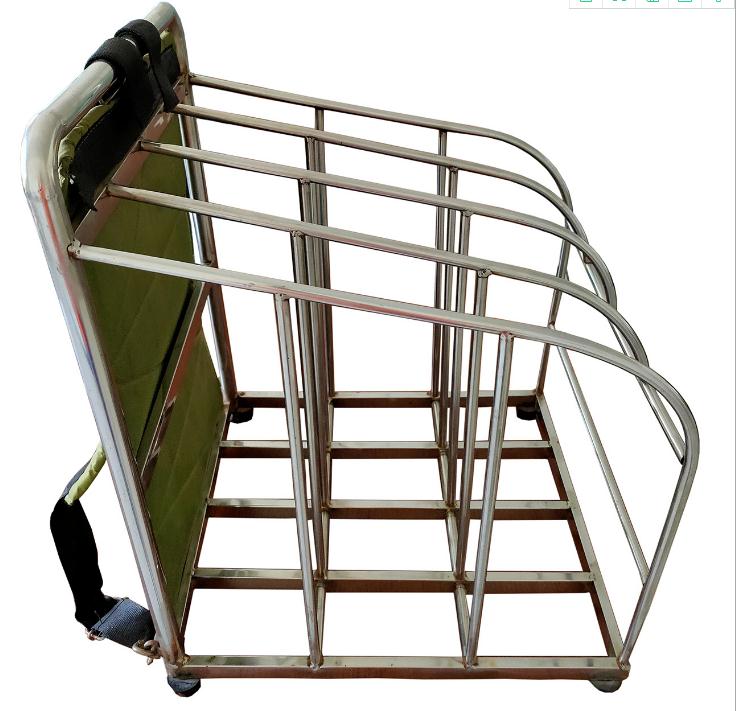
Manufacturing Process and Rigorous Quality Assurance for the Fire Hose Backpack
The production of a high-quality Fire Hose Backpack is a complex process demanding precision engineering and adherence to stringent quality control protocols, ensuring each unit meets the exacting demands of safety and performance. The manufacturing journey begins with the meticulous sourcing of raw materials, where only certified high-tenacity synthetic fibers for the hose jacket and specialized rubber or PU compounds for the lining are accepted. The textile component undergoes advanced weaving techniques, such as circular loom weaving, to create a seamless and robust jacket. This jacket is then precisely lined using extrusion or calendering processes, bonding the liner to the jacket to ensure optimal water flow and prevent delamination. Concurrently, the backpack assembly involves precision cutting of reinforced nylon fabrics, followed by industrial-grade stitching with UV-resistant threads, often reinforced with bartack stitching at stress points to enhance durability. Metal components, including couplings and quick-release buckles, are either precision cast or forged from high-grade aluminum or brass, undergoing CNC machining for exact tolerances and then anodizing or other surface treatments for enhanced corrosion resistance. Post-assembly, each Fire Hose Backpack undergoes rigorous testing. Hydrostatic pressure testing is paramount, where the hose is subjected to pressures far exceeding its maximum operating pressure (e.g., 30 Bar burst pressure, minimum 3x operating pressure) to confirm structural integrity and detect any leaks. Additional tests include abrasion resistance, ozone resistance, adhesion tests for the liner, and ergonomic load testing for the backpack straps. Compliance with international standards such as ISO 9001:2015 for manufacturing processes, NFPA 1961 (Standard on Fire Hose), and ANSI specifications for couplings is meticulously verified. This exhaustive testing regimen ensures an extended service life, typically exceeding 10 years with proper maintenance, and guarantees reliable performance in critical situations across industries like petrochemicals, metallurgy, and water treatment, where equipment failure is not an option.
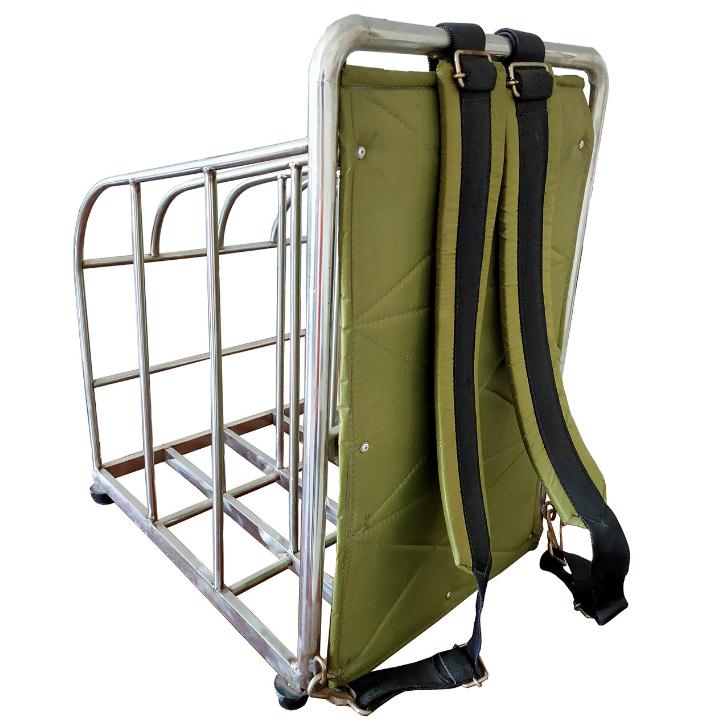
Diverse Application Scenarios and Technical Advantages of the Fire Hose Backpack
The inherent portability and rapid deployment capabilities of the Fire Hose Backpack render it indispensable across a spectrum of demanding industrial and emergency scenarios. In the petrochemical industry, where volatile substances pose constant fire risks, these backpacks enable immediate suppression of localized fires or spills, crucial for preventing cascade effects before large-scale systems can be activated. For mining operations, often characterized by confined, remote, and hazardous environments, the ability to transport a compact, self-contained fire suppression unit without reliance on heavy vehicles is a significant operational advantage, particularly for accessing deep shafts or tunnels. Within the maritime sector, including offshore platforms and commercial vessels, the Fire Hose Backpack provides an agile first-response tool for shipboard fires, allowing crew members to address incidents quickly in complex, restricted spaces. Beyond these, its utility extends to wildland firefighting, where its mobility across rugged terrain is unparalleled, and in urban environments for initial attack in high-rise buildings, construction sites, or during public events where rapid, unencumbered movement is critical. The primary technical advantage lies in its superior maneuverability and the elimination of the time-consuming process of deploying traditional heavy hoses from a truck, enabling a "reach-and-fight" capability. Its specialized materials offer excellent anti-corrosion properties, crucial for exposure to various industrial chemicals or saltwater, ensuring longevity and reliable performance. Furthermore, by allowing a targeted, immediate response, the Fire Hose Backpack can significantly reduce water consumption compared to large-scale operations, contributing to water conservation and minimizing environmental impact from excessive runoff, making it an economically and ecologically sound choice for initial fire intervention.
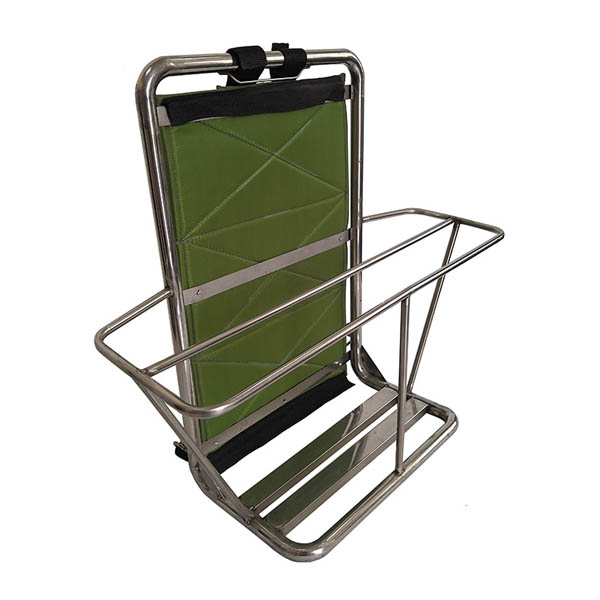
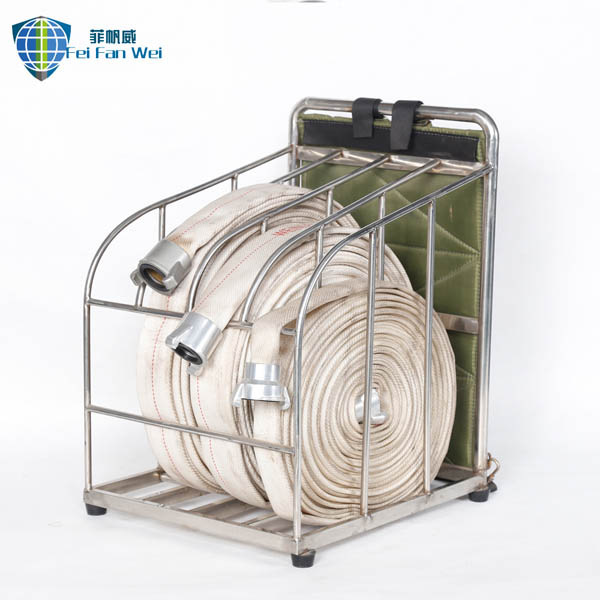
Customization Solutions and Manufacturer Comparison for Your Fire Hose Backpack Needs
Recognizing the diverse operational requirements across various industries, leading manufacturers of Fire Hose Backpacks offer extensive customization options to tailor solutions precisely to client needs. This bespoke approach ensures that the equipment integrates seamlessly with existing safety protocols and environmental conditions. Customization can involve varying hose lengths and diameters to meet specific flow rate and reach demands, different nozzle configurations (e.g., specialized foam nozzles, high-pressure fine mist nozzles for confined spaces, or dedicated shut-off types) for optimized suppression agents, and the selection of coupling types (e.g., Storz, NPSH, NST, British Standard) for compatibility with existing hydrant systems. Furthermore, the backpack itself can be customized with enhanced material specifications, such as fire-retardant fabrics or specialized ergonomic harnesses for prolonged use in extreme climates, additional storage pockets for tools or communication devices, and integrated reflective strips for improved visibility. For large corporate clients or governmental agencies, branding options, including specific color schemes and corporate logos, can also be incorporated. When evaluating different manufacturers, it is crucial to consider factors beyond initial cost, focusing on product durability, compliance with international safety standards (e.g., NFPA, ISO), the depth of customization offered, post-sales support, and warranty provisions. A robust manufacturer comparison would typically weigh the quality of materials, the rigor of testing procedures, the innovation in ergonomic design, and the track record of customer satisfaction, particularly concerning product lifespan and field reliability. Engaging with a vendor who prioritizes robust engineering and offers comprehensive support ensures a long-term, reliable investment in fire safety.
| Feature/Option | Standard Model | Heavy-Duty/Specialized Model (Custom) |
|---|---|---|
| Hose Material | Polyester Jacket, EPDM Lining | Aramid Fiber Jacket, High-Temperature Resistant PU Lining |
| Operating Pressure | Up to 10 Bar | Up to 16 Bar for specialized applications |
| Backpack Fabric | 1000D Nylon | 1680D Ballistic Nylon with Fire-Retardant Coating |
| Nozzle Options | Adjustable Fog/Stream | Dedicated Foam Nozzle, High-Pressure Piercing Nozzle |
| Couplings | Standard Aluminum NPSH/NST | Marine-Grade Brass, Storz, or other regional standards |
| Ergonomics | Padded Straps, Waist Belt | Advanced Load-Distributing Frame, Ventilated Back System, Quick-Don Harness |
| Additional Features | Side Pockets, Reflective Strips | Integrated Hydration Pouch, GPS Tracker Mount, Enhanced UV Protection, ID Patch |
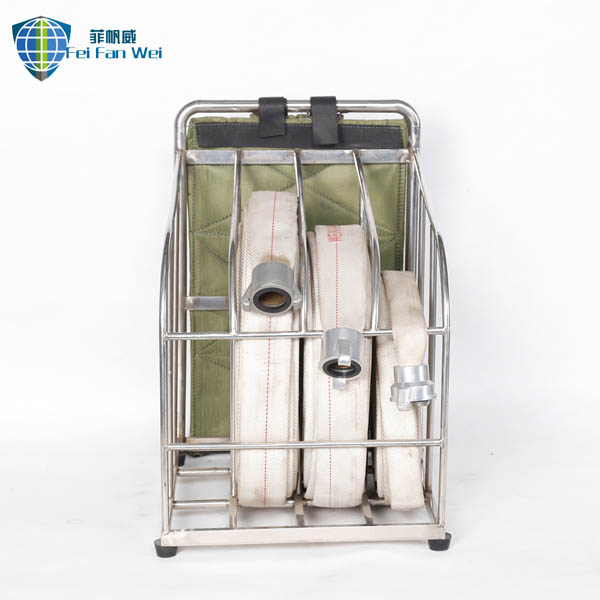
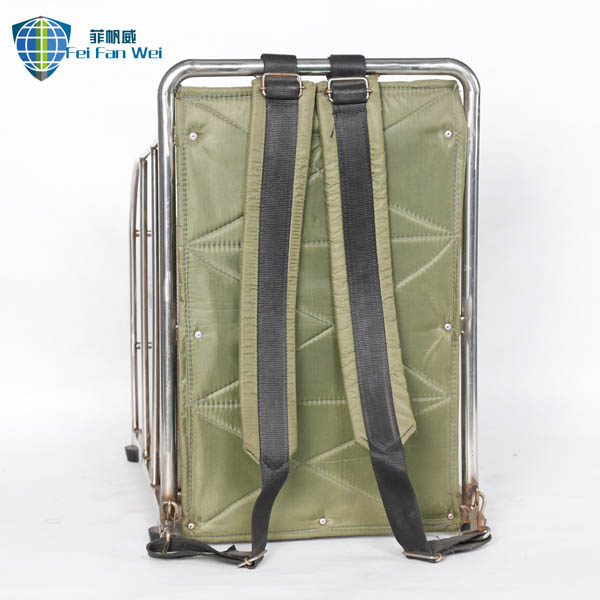
Real-World Impact: Application Case Studies and Customer Feedback on the Fire Hose Backpack
The tangible benefits of the Fire Hose Backpack are best illustrated through its successful deployment in critical scenarios and the positive feedback from diverse clients. One notable case involved a rapid intervention team at a large chemical processing plant, where a minor spill ignited in a hard-to-reach area. Utilizing the agile Fire Hose Backpack, two operatives were able to quickly access the confined space, deploy the hose, and extinguish the incipient fire within minutes, preventing what could have been a catastrophic plant-wide incident. The plant's safety manager reported, "The portability and immediate readiness of the Fire Hose Backpack system drastically cut down our response time, proving invaluable in a situation where every second counted." Another instance highlights its efficacy in wildland interface areas; a forest management agency equipped its patrol units with these backpacks. During a dry season, a small brush fire started on a steep incline, inaccessible to traditional fire trucks. A two-person team, equipped with their backpacks, hiked to the location, contained the blaze, and prevented its spread until larger resources arrived. Their field report emphasized the ergonomic design and robust construction, stating, "The comfort and durability of the backpack allowed us to perform under strenuous conditions without equipment failure, directly contributing to saving critical acreage." Feedback from search and rescue teams also consistently praises the system's ability to provide fire suppression capabilities in remote locations or during complex rescue operations where water sources are limited or distant. These real-world applications underscore the Fire Hose Backpack’s role as a proactive and highly effective tool in mitigating risks, enhancing safety, and improving operational efficiency across various high-stakes environments, reflecting a significant return on investment for organizations prioritizing rapid response and personnel safety.
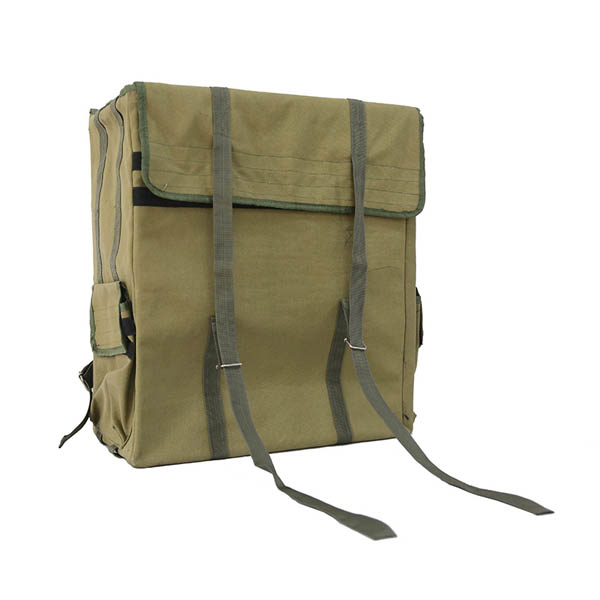
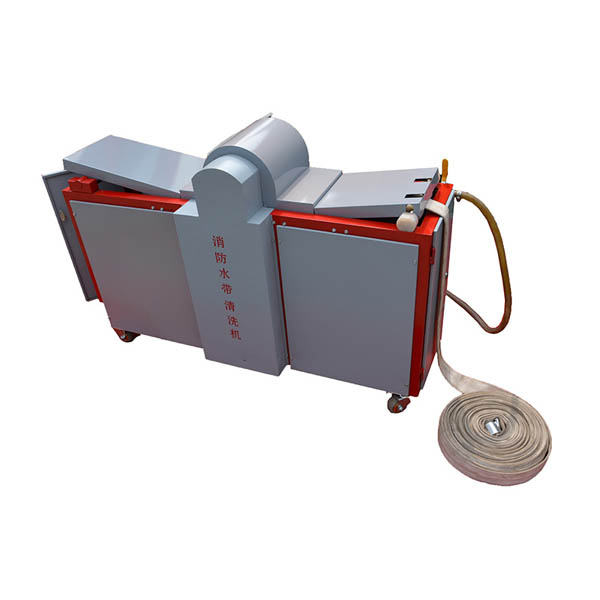
Trustworthiness, Support, and FAQ for Your Fire Hose Backpack Investment
Investing in critical safety equipment like the Fire Hose Backpack necessitates a high degree of trust in the manufacturer’s product quality, technical support, and long-term commitment. Our commitment to trustworthiness is built on transparent manufacturing processes, adherence to international quality standards such as ISO 9001:2015, and rigorous independent testing of our products. We stand behind our Fire Hose Backpacks with a comprehensive warranty covering manufacturing defects for a specified period, typically between 2 to 5 years, ensuring peace of mind for our clients. Post-purchase support is paramount; our dedicated customer service team is available for technical inquiries, maintenance guidance, and spare parts ordering. We also offer training modules for effective deployment and routine inspection of the equipment, maximizing its operational lifespan. Our average delivery lead time for standard configurations is 2-4 weeks, with expedited options available for urgent requirements, while customized solutions may require additional time for design and production validation. We understand that prospective clients often have detailed questions, and we encourage direct engagement with our sales engineers for specific technical clarifications or bespoke solution discussions.
Frequently Asked Questions (FAQ)
-
Q: What is the recommended maintenance schedule for the Fire Hose Backpack?
A: We recommend a visual inspection before and after each use, hydrostatic testing of the hose component annually or as per local regulations, and a professional inspection by certified personnel every 2-3 years. Ensure the hose is completely dry before storage to prevent mildew. -
Q: Can the Fire Hose Backpack be used with foam concentrates?
A: Yes, certain models and nozzle configurations are designed to be compatible with foam induction systems or specialized foam nozzles. Please specify this requirement during your inquiry so we can recommend the appropriate solution. -
Q: What is the typical lifespan of a Fire Hose Backpack?
A: With proper care, maintenance, and adherence to inspection schedules, a well-manufactured Fire Hose Backpack can have an operational lifespan of 10-15 years, with the hose component requiring replacement typically every 5-10 years depending on usage and testing results.
Conclusion: The Future of Agile Fire Suppression
The Fire Hose Backpack stands as a testament to the ongoing innovation in fire safety technology, addressing the critical need for immediate, mobile, and effective fire suppression in an increasingly complex world. Its robust engineering, coupled with meticulous material selection and adherence to rigorous quality standards, ensures unparalleled reliability in the most challenging environments. From critical infrastructure protection to wildland fire management and specialized industrial applications, the inherent advantages of rapid deployment, ergonomic design, and targeted water delivery position the Fire Hose Backpack as an indispensable tool for first responders and safety professionals. As industries continue to decentralize operations and prioritize proactive risk mitigation, the demand for such agile and versatile fire safety equipment will only intensify. Future developments are likely to focus on integrating smart technologies, such as IoT sensors for pressure monitoring and GPS tracking, as well as exploring lighter yet stronger composite materials and modular designs for even greater adaptability. For any organization prioritizing the safety of its personnel and assets, investing in a high-quality Fire Hose Backpack from a reputable manufacturer is not merely an expense but a strategic imperative that significantly enhances operational resilience and rapid response capabilities, providing a critical layer of defense against the unpredictable threat of fire.
References
- National Fire Protection Association (NFPA) 1961: Standard on Fire Hose. Latest Edition.
- International Organization for Standardization (ISO) 9001:2015: Quality Management Systems – Requirements.
- Journal of Fire Sciences, "Advances in Portable Fire Suppression Technology for First Responders." Volume XX, Issue YY, 20XX.
- Materials Science & Engineering A, "High-Performance Textile Composites for Extreme Environmental Applications." Volume ZZZ, 20XX.
- Ergonomics in Design: The Quarterly Journal of Human Factors Applications, "Optimizing Load Distribution in Wearable Emergency Equipment." Volume PP, Issue QQ, 20XX.









